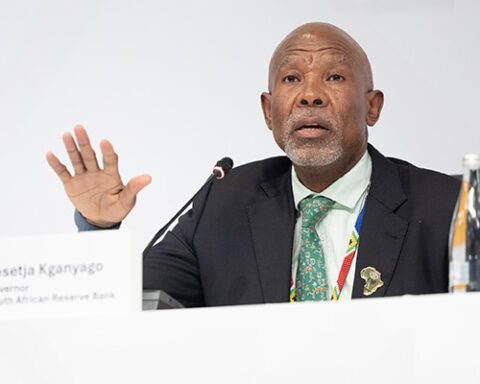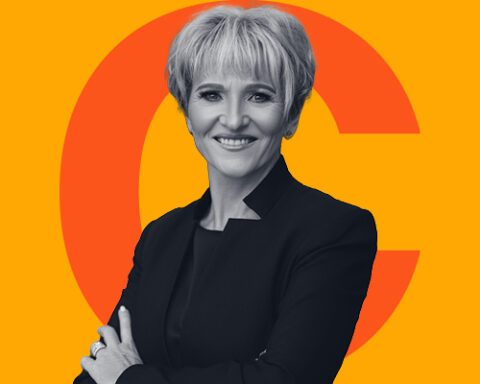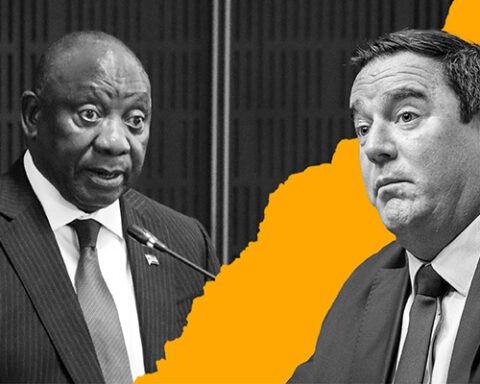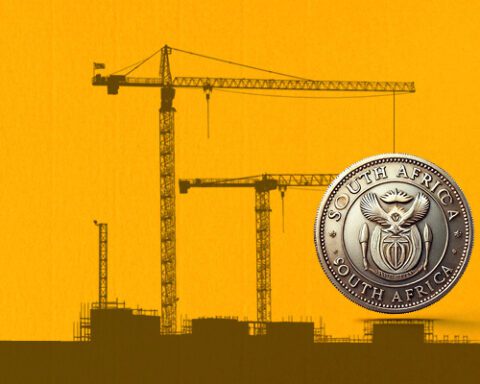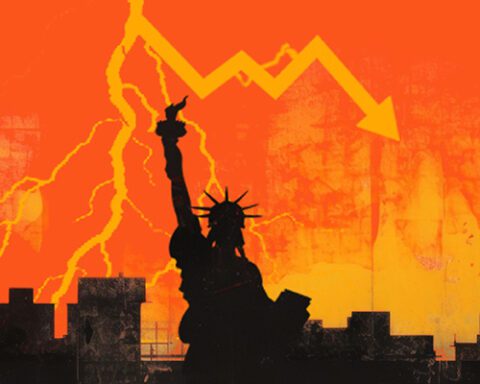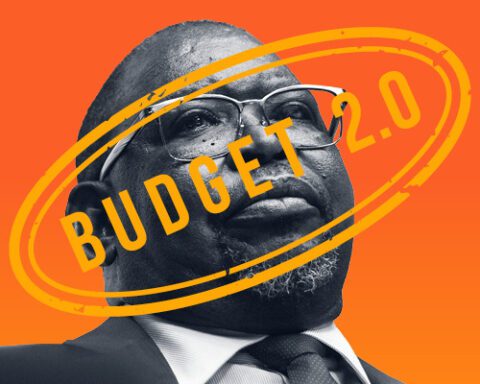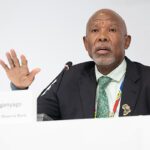Global interest rates entered the long-anticipated cutting cycle in the third quarter, marking a major shift in monetary policy for developed markets such as the US and the eurozone. The effects are rippling through to economies such as South Africa.
After a prolonged period of aggressive rate hikes to tame post-Covid inflation, major central banks are pivoting towards easing policy to support growth (and the labour market) as inflation moderates and economic activity slows. This has fuelled expectations that headline inflation could return to long-term targets by 2025.
However, ongoing price increases in the services sector and rising shipping costs pose risks to core inflation (excluding food and energy), complicating decision-making for central banks. Geopolitical tensions and lingering supply chain issues also threaten to derail the disinflationary momentum.
With global monetary policy becoming less restrictive, investors will be closely scrutinising every word from policymakers to try to gauge the outlook as the fourth quarter progresses. The critical question remains: how low will interest rates go?
To use the tortoise and hare analogy, the US Federal Reserve (Fed) is acting more like the hare among central banks. On September 18, it cut interest rates by 50 basis points (bp) to 4.75%-5%, and Fed members expect further rate cuts in the coming year. The Fed’s estimate of long-term interest rates is just below 3%, suggesting further cuts of about 1.75%-2%.
While the Fed’s ultimate target for rates hasn’t changed, it is accelerating the pace of cuts to get there sooner, which could bode well for risk assets. Continued US economic growth could support equity markets, and the so-called “Powell put” – referring to the Fed’s willingness to cut rates further if necessary – appears to be back.
At its September meeting, the European Central Bank (ECB) lowered its key interest rate by 25bp to 3.5%, continuing the easing cycle that began in June. The ECB, which cited stable inflation expectations, is expected to maintain a cautious approach, with gradual cuts at quarterly meetings until a neutral rate of 2%-2.5% is reached.
While markets expect more aggressive cuts by the end of the year, this is unlikely unless growth and employment data deteriorate significantly, potentially accelerating rate cuts in 2025.
In contrast, the Bank of England (BoE) held its interest rate steady at 5%, citing ongoing inflation risks. August’s CPI stood at 2.2%, still above the 2% target, while core inflation remains stubbornly high at 3.6%, particularly in the services sector. The BoE’s minutes suggest a cautious approach to easing, with a rate cut not expected until November.
A cautious approach
Unlike the Fed, the South African Reserve Bank (SARB) sees no point in rushing to lower interest rates. Instead, it is sticking to its mantra that a gradual, data-driven approach is the best way forward. In this contest, the SARB is, indeed, the tortoise.
At its September meeting, the monetary policy committee (MPC) cut the repo rate by 25bp to 8%, as expected, against a backdrop of steadily moderating inflation, with the prime rate now standing at 11.5%. The MPC weighed three options: leaving rates unchanged, a 25bp cut, and a more aggressive 50bp cut.
This decision reinforced our long-held view that the SARB would avoid a sharp 50bp cut, as it typically favours gradual reductions to maintain market stability and predictability. This cautious approach reflects its commitment to managing expectations and avoiding sudden market shocks.
A key takeaway from the SARB MPC’s latest statement is that its forecast is for interest rates to move towards neutral next year, stabilising slightly above 7%. This confirms our base case of 100bp-125bp of cuts in this cycle, in increments of 25bp at a time. This translates to an end rate of 6.75%-7% (resulting in a prime rate of 10.25%-10.5%).
The Fed is a more open-ended question, with a high probability of further 50bp rate cuts, ending in a range of 2.75%-3.25% (with US rates almost half their peak).
As the US races ahead, we can expect a faster deployment of capital worldwide, which is likely to drive significant global economic growth from 2026 onwards.
This should provide a general boost to South African assets, while the SARB’s cautious, slow and steady approach to interest rate cuts will help support the rand.
Casey Sprake is a fixed-income investment analyst and Thomas Hendricks is a fixed-income quantitative analyst at Anchor Capital.
Top image: Currency.

